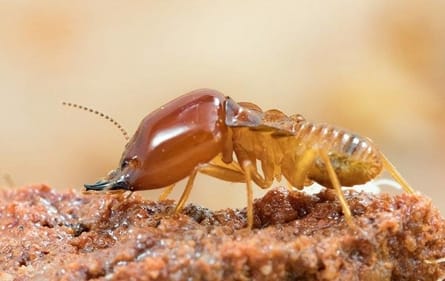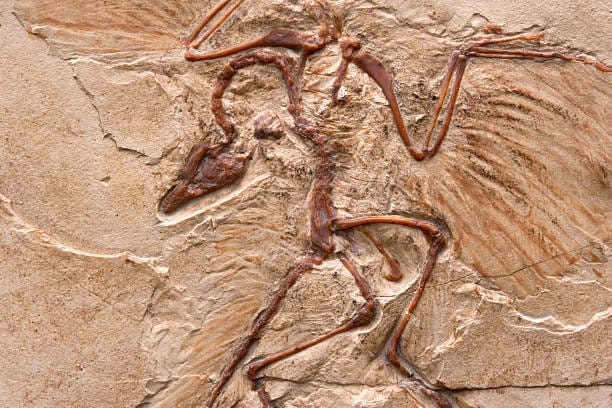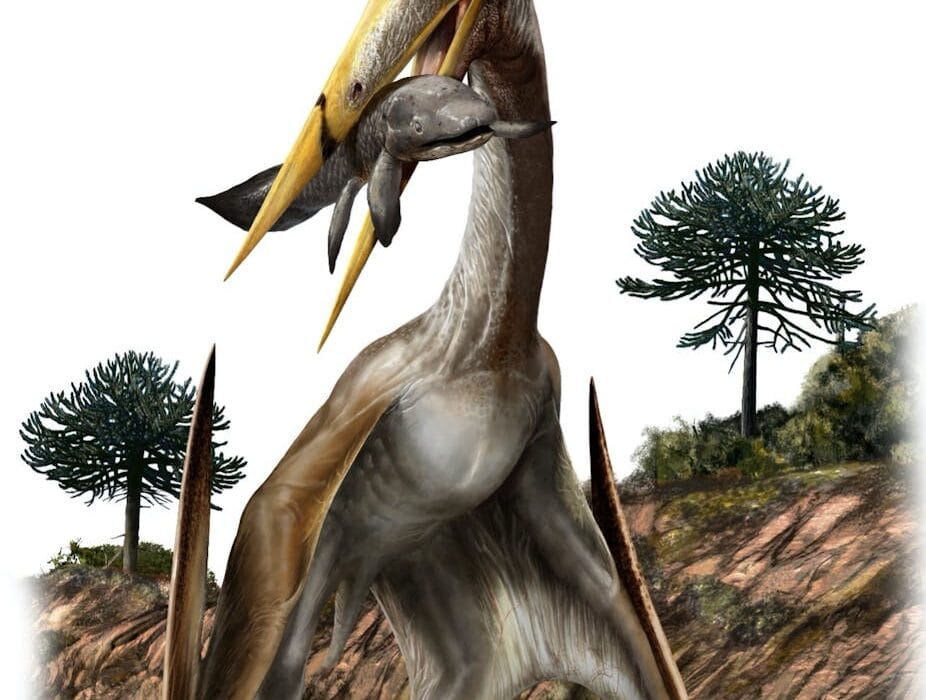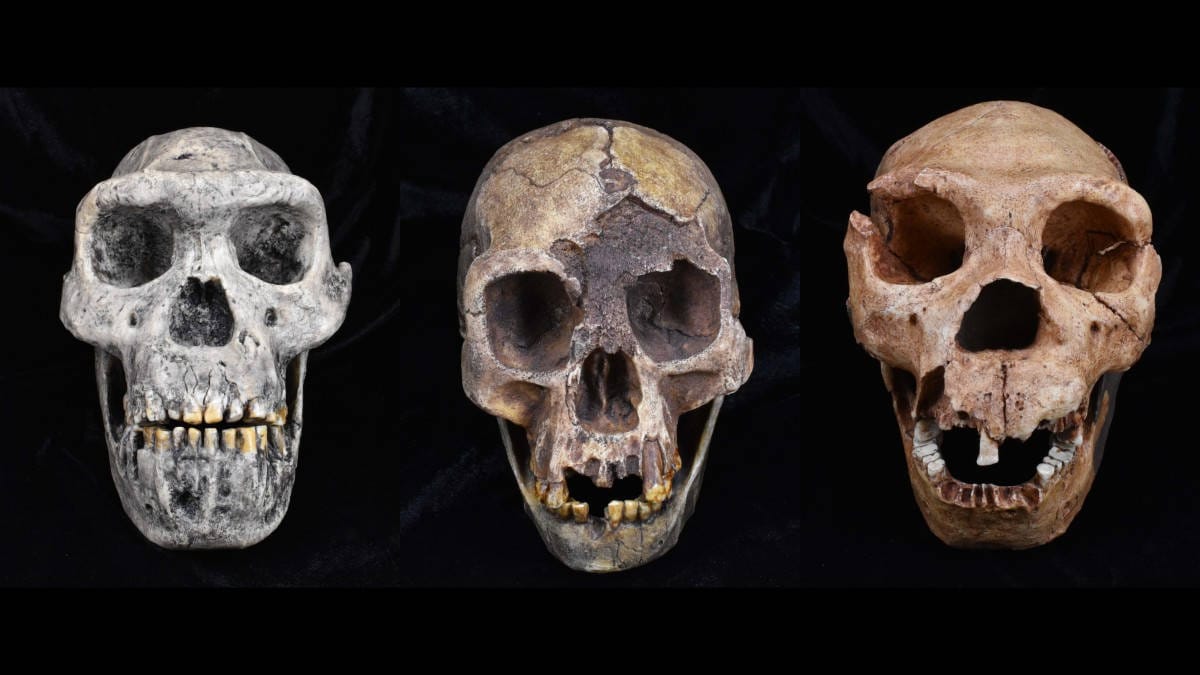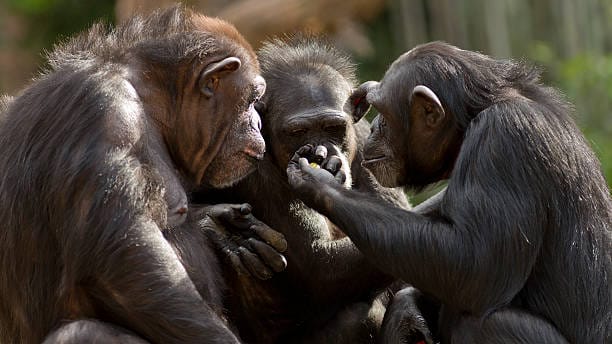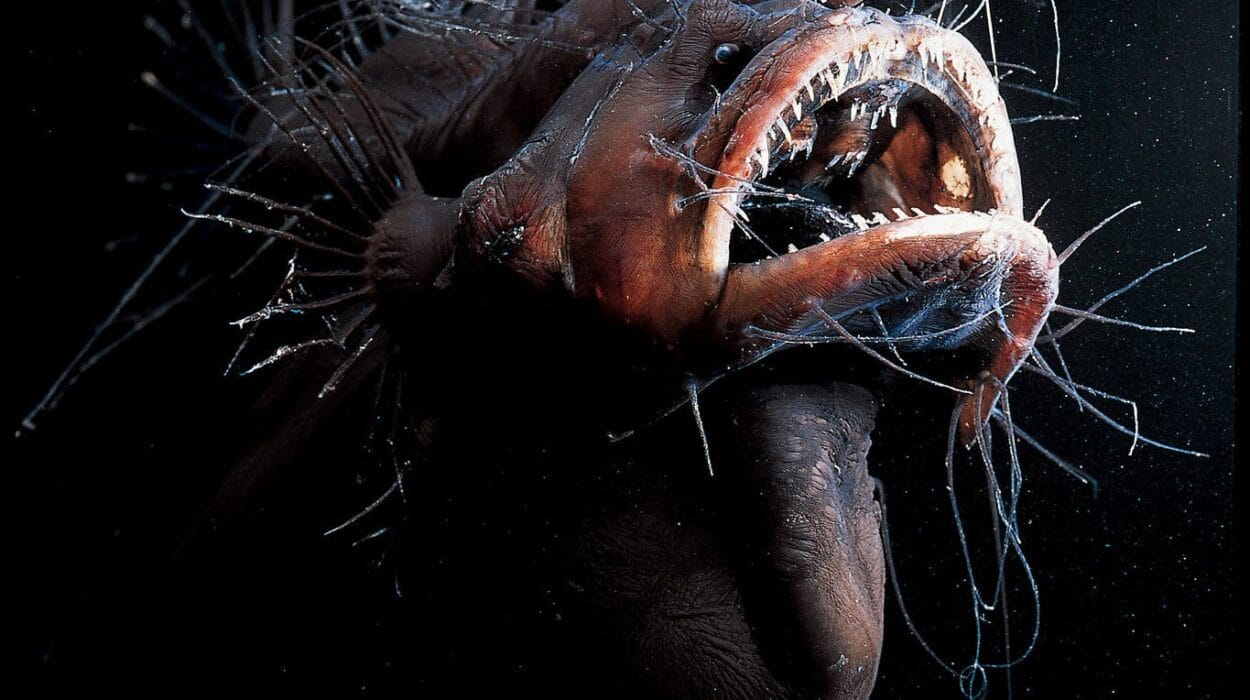Beneath the forest floor, inside dead trees, under cracked pavement and within the forgotten bones of abandoned buildings, an ancient civilization pulses with silent purpose. They do not speak, yet their languages span continents. They do not see, yet they navigate vast cathedrals of earth. They build cities of mud, saliva, and cellulose that rival human architecture in complexity. These are termites—creatures that, despite their reputation as pests, embody one of nature’s greatest evolutionary experiments: eusociality.
While we often associate advanced societies with human beings, or perhaps ants and bees, termites are the hidden champions of collective life. They evolved their complex social behaviors not once, but many times over millions of years. To understand them is not merely to study an insect, but to glimpse the deep logic of cooperation, sacrifice, and communal intelligence written into life’s evolutionary script.
A Distant Origin in Time
To trace the evolution of termite society, we must journey back over 150 million years, to the Late Jurassic or Early Cretaceous. At that time, flowering plants were beginning to emerge, dinosaurs still ruled the land, and the ancestors of modern termites—primitive wood-eating cockroaches—were quietly adapting to a new way of life.
These early insects, similar to modern-day Cryptocercus wood roaches, lived in decaying logs and fed on lignocellulose—one of the toughest organic compounds on Earth, found in wood and plant matter. This diet, rich in energy but difficult to digest, required a symbiotic partnership. Within their guts lived a diverse community of protozoa, bacteria, and archaea that could break down cellulose into usable sugars. This microbial alliance was more than a digestive trick—it would become the foundation of their entire society.
Over time, these cockroach ancestors began to pass on their gut microbes from parent to offspring, not genetically, but socially—through oral-anal contact known as trophallaxis. This required proximity, interaction, and continuity between generations. It created a natural pressure toward group living. In essence, termites became social not because they evolved to be altruistic, but because their very survival depended on sharing invisible friends.
The Birth of Eusociality
Termites are one of the few insect groups that are eusocial, a term that describes the highest level of social organization. Eusociality involves cooperative brood care, overlapping generations, and a division of labor between reproductive and non-reproductive individuals. Ants, bees, and wasps achieve this through complex kin selection mechanisms, usually involving haplodiploid genetics. But termites are different.
Uniquely among eusocial insects, termites are diploid—males and females contribute equally to the genetic makeup of offspring. This makes their path to eusociality particularly fascinating. Their social structures likely evolved not solely due to genetics, but because of ecological pressures and microbial dependency. Termite societies formed not around bloodlines alone, but around shared environments, food sources, and symbiotic necessity.
From a single breeding pair, a colony might eventually produce thousands or even millions of individuals. These include a reproductive king and queen, sterile workers, blind soldiers, and winged alates—the future kings and queens that will one day leave home to start new colonies. Such complexity evolved gradually, not in a single leap, but over millions of years of selection favoring cooperation, specialization, and stability.
The Queen and Her Court
At the heart of every termite colony lies its queen—a creature that is not just a mother, but a living engine of fertility. Some queens grow to grotesque sizes, their swollen abdomens pulsating with the rhythmic labor of egg-laying. A mature queen can produce over 30,000 eggs per day, a feat that rivals the productivity of any known organism.
Yet the queen is not a tyrant. Her power is biological, not autocratic. She emits chemical pheromones that control the behavior and development of her subjects. These molecular signals suppress the reproductive capabilities of other females, maintain social cohesion, and signal her health and vitality to the colony. Should she weaken, the workers may allow new reproductives to arise, replacing her in an act of bloodless rebellion.
Beside the queen, often overlooked, stands the king. Unlike in ant or bee colonies, termite kings are lifelong partners to their queens. They remain in the royal chamber, mating repeatedly, and helping to raise the initial brood. Their loyalty and longevity reflect termites’ unique social path, one in which both sexes share reproductive and parental duties.
Soldiers of Sacrifice
Termite soldiers are among the most dramatic symbols of evolutionary sacrifice. They are blind, often sterile, and incapable of feeding themselves. Their only function is to protect the colony, sometimes at the cost of their lives. Armed with grotesque mandibles, toxic sprays, or glue-like secretions, soldiers are tailored weapons built by biology.
Some soldier termites have jaws so enormous they cannot eat; they are fed by workers. Others explode like landmines, their bodies packed with sticky fluids that entangle invaders in a suicidal burst. In a world of chemical warfare and constant siege—by ants, predators, and fungal infections—soldiers are not just defenders but martyrs.
The evolution of such castes challenges traditional Darwinian logic. How could a sterile, self-sacrificing organism pass on its genes? The answer lies in inclusive fitness—the idea that genes can propagate through the success of relatives, not just direct offspring. By protecting their kin, soldiers ensure the survival of the genetic lineage to which they belong. The colony is not a group of individuals; it is a superorganism.
Builders of the Impossible
Perhaps the most awe-inspiring aspect of termite sociality is their architecture. Some termite mounds rise over 30 feet high—cathedrals of dirt and spit built grain by grain by creatures that cannot see more than a few centimeters. These structures are not random piles. They are climate-controlled skyscrapers with ventilation shafts, moisture regulation systems, nursery chambers, fungus farms, and highways for traffic.
The termites do not follow blueprints. Instead, they operate on decentralized cues, often chemical trails, gradients in temperature or CO₂, and feedback from group activity. This form of stigmergy—a term coined to describe coordination via environmental modification—allows the colony to behave intelligently without a brain.
These mud towers, seen dotting savannahs and forests from Africa to Australia, are not just homes. They are testaments to evolution’s capacity to generate collective intelligence. Termite architecture is a form of social cognition—a mind spread across thousands of bodies.
The Agriculture of the Blind
In certain termite lineages, the social contract deepened further into agriculture. Fungus-growing termites of the subfamily Macrotermitinae cultivate gardens of Termitomyces fungus inside their mounds. The termites forage dead plant matter, which they inoculate with fungal spores. The fungus digests the plant cellulose, and the termites then feed on its partially broken-down remains and the fungal bodies themselves.
This is not mere cohabitation—it is an obligate mutualism that has existed for over 30 million years. Neither species can survive without the other. The termites farm, weed, and transplant their crops. The fungus, in turn, provides nourishment. In return, the termites provide humidity, warmth, and transport.
The development of agriculture in humans occurred some 10,000 years ago. Termites were already farmers for millennia before our ancestors planted their first seeds. Their evolutionary pathway serves as a humbling reminder that civilization is not the sole domain of our species.
Language Without Words
One of the most remarkable aspects of termite society is its reliance on chemical communication. In the absence of sight and sound, termites have developed a language of scent. Their world is painted not in colors, but in molecules—pheromones that signal danger, food, caste identity, and reproductive status.
This chemical lexicon is precise and dynamic. For example, when a forager finds food, it lays a trail marked with attractive chemicals that recruits others. If a predator attacks, alarm pheromones trigger a wave of retreat or aggression. Royal pheromones suppress fertility in workers and shape development. Even nest-building is guided by cues left in the soil.
The complexity of this communication system suggests not primitive instinct, but evolved sophistication. Termites operate like the neurons of a vast, invisible brain. Each interaction, each pheromone trail, each shared meal is a synapse in a decentralized mind.
Evolution’s Grand Gamble
Why did termites evolve such extraordinary cooperation when most life is selfish? The answer lies in ecology, necessity, and the unforgiving sieve of time. Wood is a challenging food—nutrient-poor, hard to digest, and unpredictable in supply. Surviving on it requires microbial help, social continuity, and shared labor. Group living, once adopted, brings new opportunities: defense, thermoregulation, construction, and division of labor.
But with these benefits come trade-offs. Social insects like termites are vulnerable to disease outbreaks, parasitism, and collapse if caste ratios or leadership falter. Eusociality is evolution’s gamble—an all-in bet that the benefits of unity outweigh the risks of dependence.
That termites have thrived for over 150 million years suggests the bet paid off. They occupy every continent except Antarctica, dominate biomass in tropical ecosystems, and contribute enormously to soil fertility and carbon cycling.
When Empires Fall
Termite colonies are not eternal. Queens age. Colonies collapse. Fungus infections spread. Predators invade. Empires of earth and saliva crumble back into the soil from which they rose.
Yet even in death, termites give life. Their decomposed bodies fertilize the soil. Their abandoned mounds become homes for snakes, birds, and mammals. Their recycled wood returns nutrients to the forest. In this way, termite civilization completes a cycle that human empires rarely do: reintegration.
The evolution of social behavior in termites is not just a story of survival. It is a parable of sacrifice, unity, and the invisible threads that bind life together. It invites us to look again at what it means to be intelligent, to be cooperative, to belong to something greater than oneself.
The Hidden Mirror
In our skyscrapers and farms, our languages and tools, our wars and governments, we see reflections of our own struggles with society. But in the darkness beneath our feet, the termites have already walked much of this path—silently, blindly, together.
They teach us that civilization does not require vision, nor speech, nor even a brain in the traditional sense. It requires continuity, memory, cooperation, and resilience. These insects, so often dismissed as vermin, are in fact the forgotten engineers of evolution’s grandest social experiment.
If we truly wish to understand the nature of society—not just our own, but society as a principle of life—we must look not only to history books or political theory, but also into the soil. For there, under the oldest logs, the first architects still build in silence.
